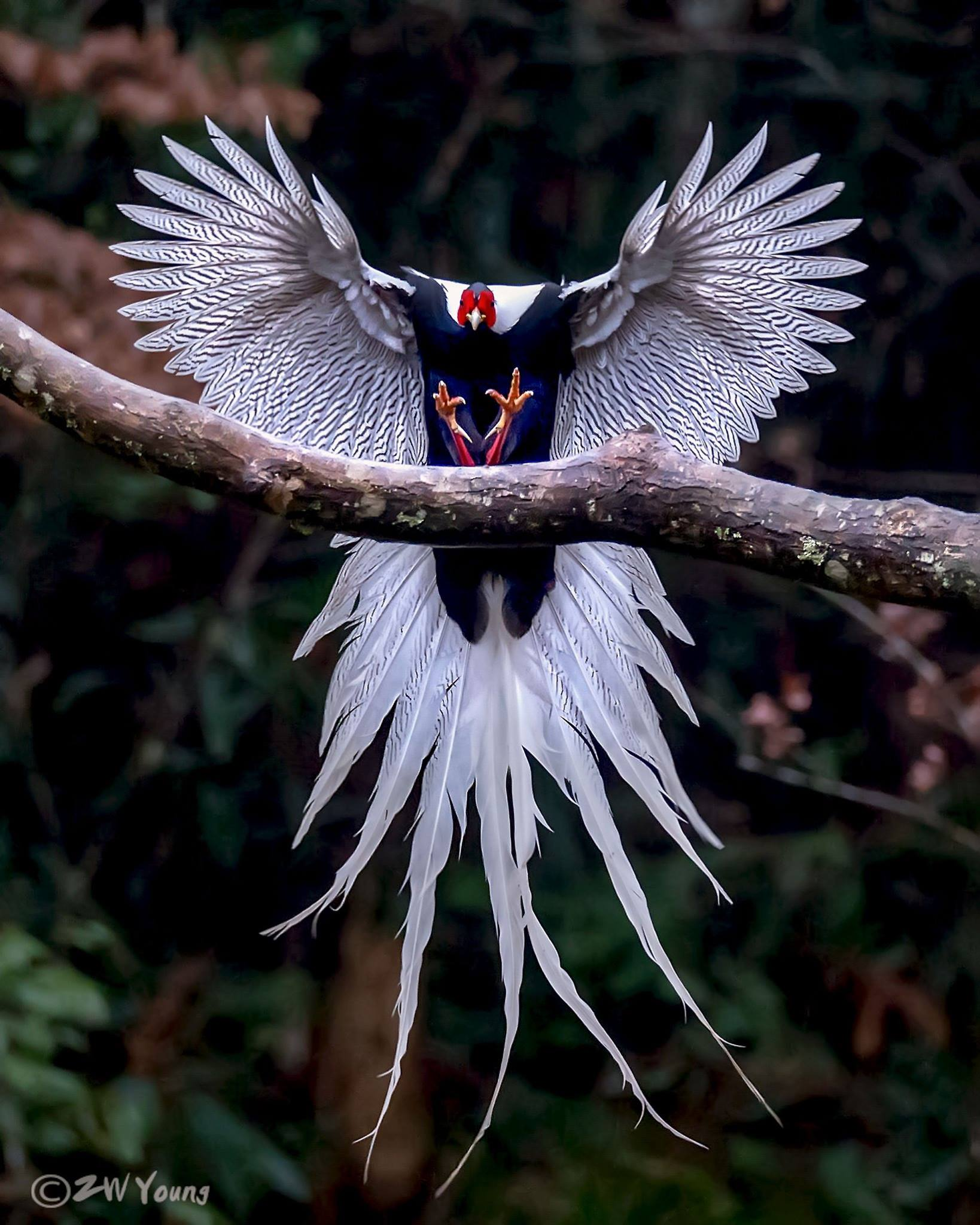The captivating Silver Pheasant, scientifically known as Lophura nycthemera, is a magnificent bird found in Southeast Asia. This beautiful species of bird belongs to Phasianidae family, which comprises other birds such as pheasants, quails, chickens, and turkeys. The male Silver Pheasant is an emblematic bird in the region, with its remarkable silver-white plumage and black markings on the head, neck, and tail.
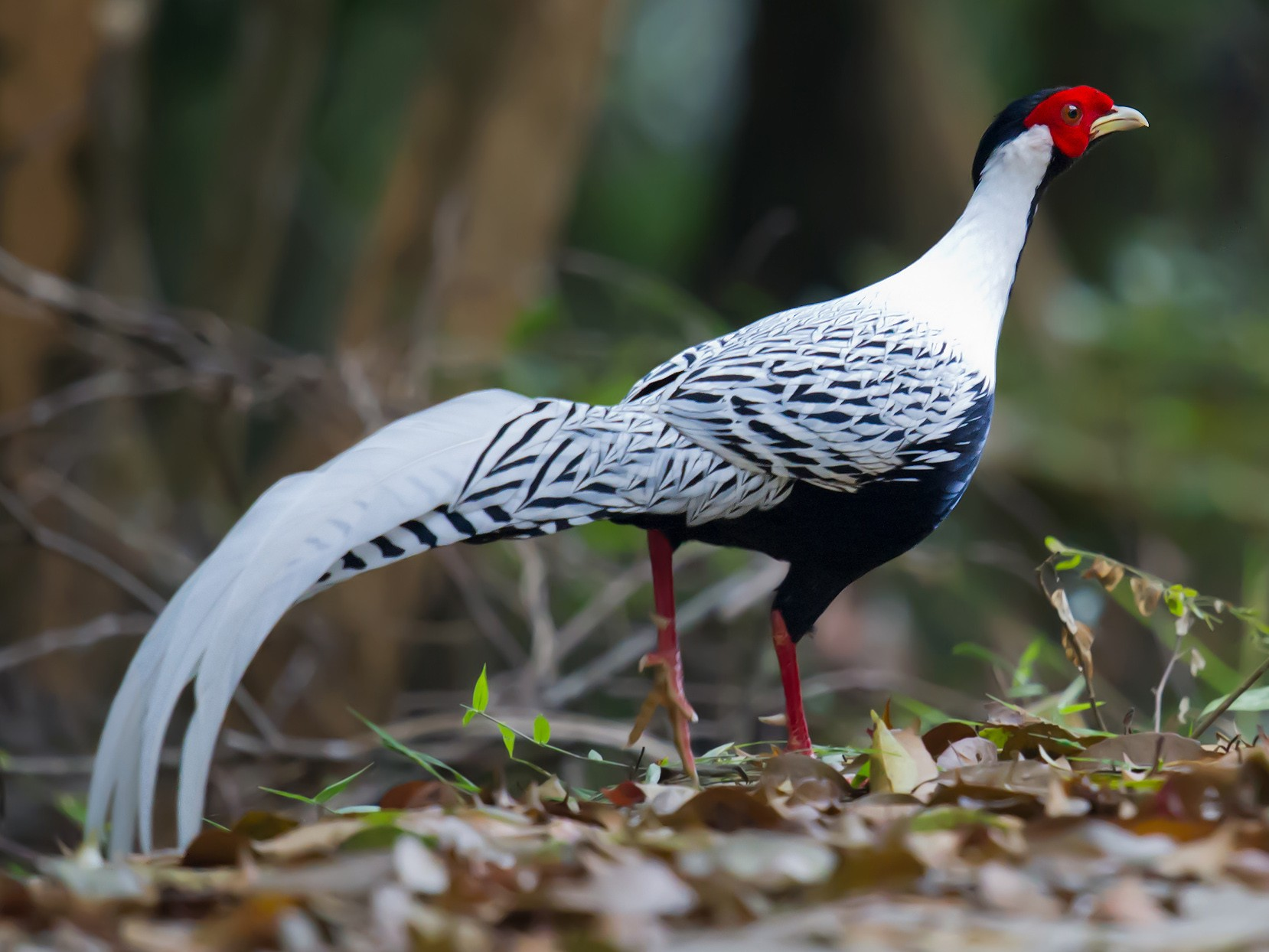
The Silver Pheasant can be spotted dwelling in forest areas that contain lush undergrowth and are situated near water sources. These omnivorous birds consume a variety of foods such as insects, seeds, fruits, and small animals. When it’s time for mating, male Silver Pheasants flaunt their stunning feathers and engage in intricate courtship rituals to charm potential female partners.
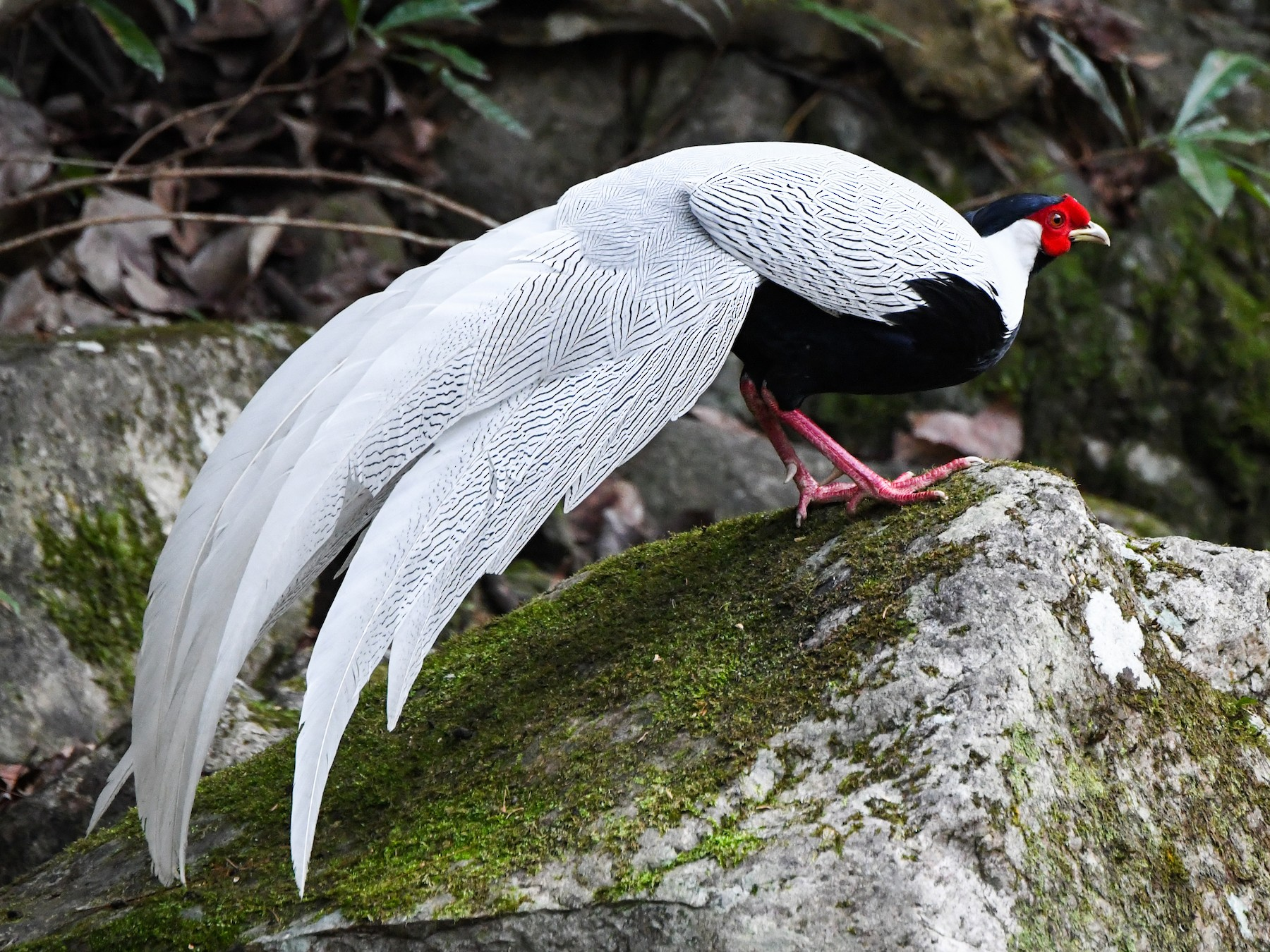
The Silver Pheasant mama usually lays around 8 to 12 eggs, and they take roughly 24 days to incubate. Once they hatch, the chicks are pretty self-sufficient and can move around and feed themselves. They grow up quickly, and within a few months, they reach full maturity.
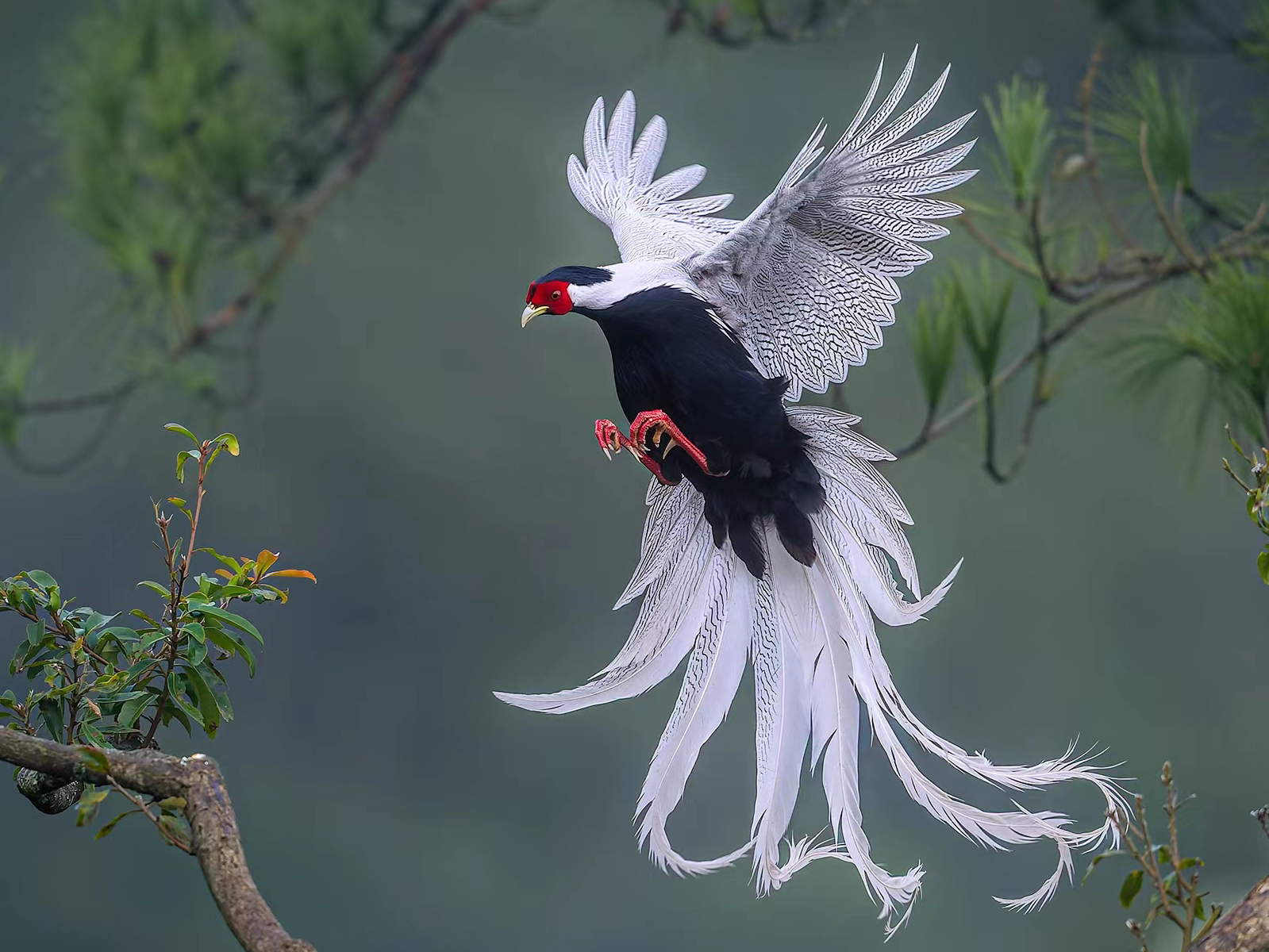
Bird lovers find Silver Pheasants quite appealing and often keep them as decorative birds in aviaries and game farms. They are gentle and easy-going, making them a breeze to maintain and ideal companions. Nonetheless, it is critical to remember that they are still wild creatures and need appropriate care and attention.
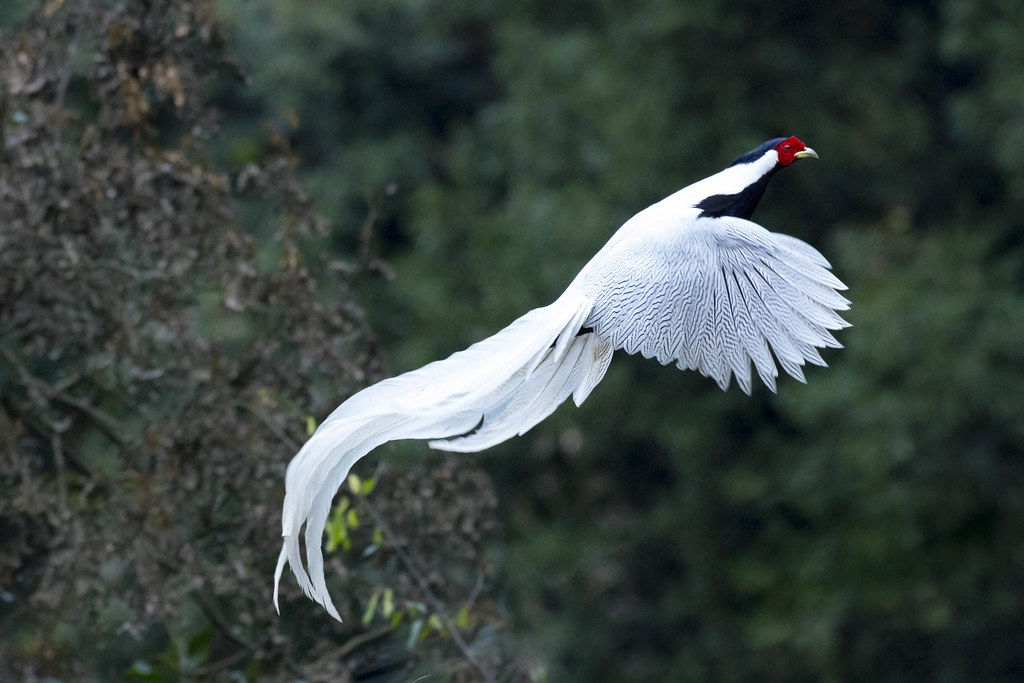
The IUCN has labeled the Silver Pheasant as a type of bird that is not in danger of extinction, otherwise known as “Least Concern.” Despite this, there are still dangers to their population due to the loss of their habitat and people hunting them for their meat and feathers.
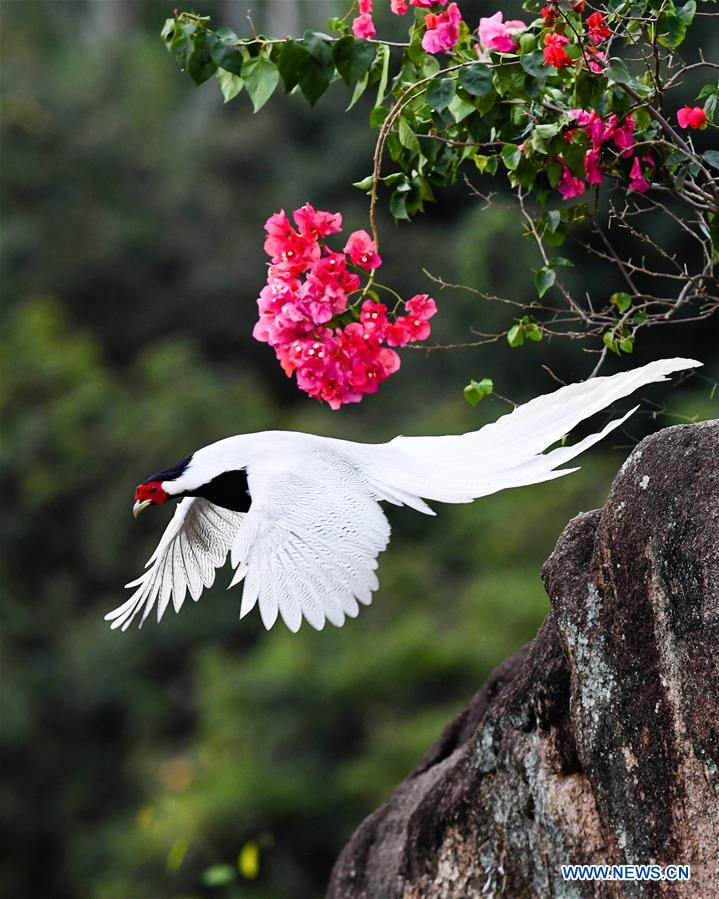
To summarize, the Silver Pheasant is an absolutely gorgeous bird found in Southeast Asia that lives on the ground. Its distinctive silver-white feathers and black patterns make it a beloved bird in the area. Although they are simple to take care of and can be wonderful animal companions, it’s essential to keep in mind that they are wild creatures and necessitate appropriate attention and treatment.
